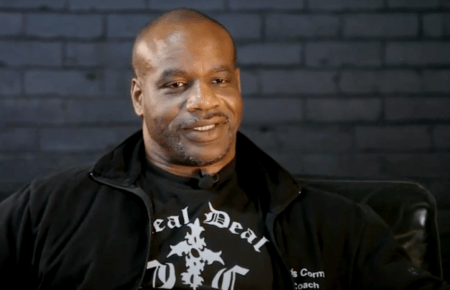If you’re investing a sizeable amount into your social media marketing — particularly if you’re engaging a third party to run it for you — chances are you’re being bamboozled by numbers, percentages and marketing gobbledegook, under the guise of progress and results. Amidst all the spin, what should you be looking out for that will give you the best indication of how your strategy is performing?
Having conducted a number of social media campaign audits analysing the work and outcomes of campaigns run by other agencies, it seems pretty clear to me that the value in a social media campaign comes down to a couple of key strategic outcomes. Not that some of the measures I’ve left off the table aren’t of any value, but for me, when all is said and done, there are three measures that if you’re not getting right, are probably an indication that the campaign is either too expensive for the results you’re getting, or you’re not getting any return at all.
As a bit of a preface, and separate from numbers, I’d be looking at the content going out to your followers. If you’re not seeing a variety of content, and content of value — what do your customers want you to be sharing with them? — then I think there is some cause for concern. You should expect more than motivational quotes and still images on your pages. Are you getting good content from your campaign — strategic video, well-written articles and blogs, things that will spark a conversation and deliver genuine back and forth with your community?
CPM
As far as numbers go, the first thing you should be looking at (and it might seem obvious on the surface but there’s more to it) is reach. What you really want to know is how the reach numbers are being measured. If you’re being told that you reached 100,000 people this week, that might sound great, but who were they and what was the cost to reach that many people? What you really want to be finding out is, what is the Cost Per Thousand, or CPM. The reason for that is two-fold: firstly, if your CPM number is high — as in, you’re spending a lot to reach that many people — then that could be a sign that although you’re reaching those people, they’re not engaging with the content and they’re not noticing you.
The flipside of that is, if your CPM is very low, then your social media team might be pushing your message to communities that aren’t going to help you make conversions. If you’re target market is Victorian teenagers, a really good way to keep that CPM value low is to push the content to India, Philippines, South America — areas with high volumes of people to help inflate the reach and deflate the cost… great on paper, but useless to you. So when it comes to reach, you want to know, what is the CPM and what is the demographic breakdown of the people being targeted.
Engagement Rate
The next measure is Engagement Rate. Again, marketers have been talking about ER for a long time, and it is important. How many people who are being delivered the content are engaging with it in some way? That is the clearest indication that your content is actually being consumed. There’s a lot of differing opinion about what is a respectable engagement rate. Many experts feel that anything above 1 per cent is acceptable, meaning that if one person or more engages with the content for every 100 people that it is served to (not necessarily 100 people who see it), then that’s respectable. But don’t just take this as gospel, because the truth is, that number differs from industry to industry. The average for the clothing retail industry for example might be up to four or five per cent, so being told that your content is enjoying an engagement rate of three per cent is actually below expectation.
CTR
Finally, you should be looking at Click Through Rate numbers. If there’s a link in the posts you’re serving, such as a shopping page or a learn more type of option, how many people are taking that next step? I think you most certainly want to be paying less than a dollar a click in terms of your ad spend. If this isn’t happening, then the reason to click might not be compelling enough for your consumers. This could be a problem with the content of the post, this could be a problem with the deal being offered, perhaps the targeting is off, the set-up of the ad is not as on point as it could be, or this could be a problem with the product or service you are promoting. Do people even want to buy it? If your CTR results are not strong I’d be looking at these reasons and try to isolate the problem across any and all of these issues.
Beyond this, it comes down to whether there were conversions down the line. Did you sell units for the people that landed on the web page? There’s a bit more to that — a story for another blog post.
If you’re interested in social media marketing without the spin, get in touch today.

































